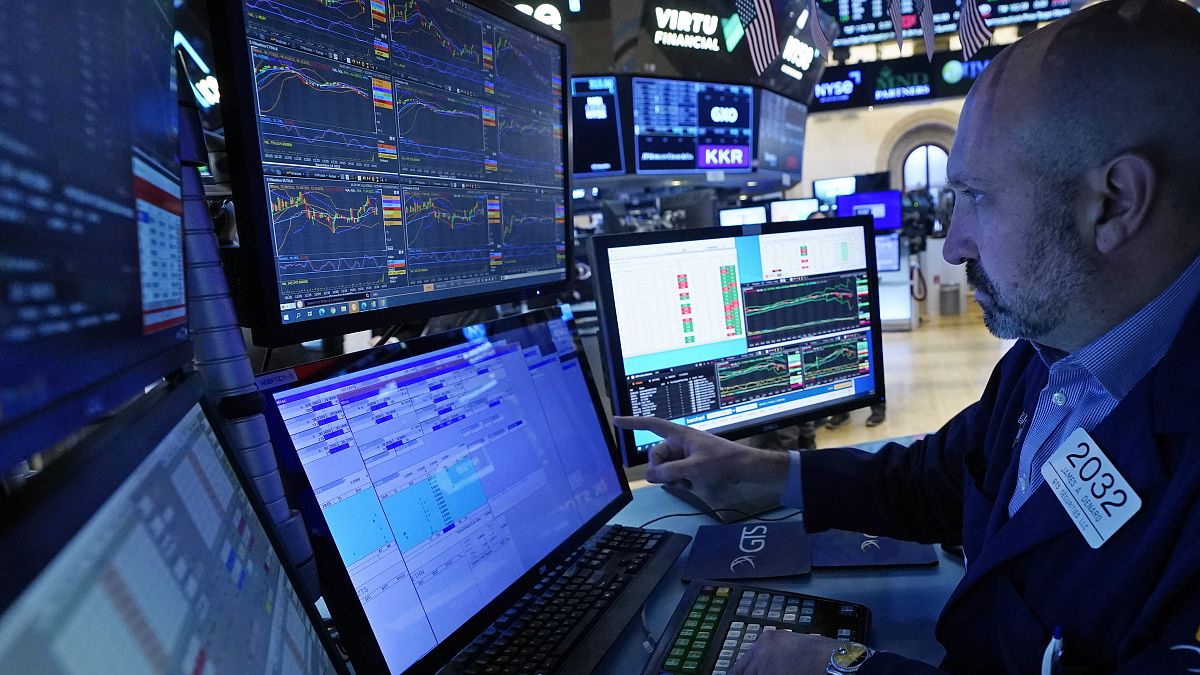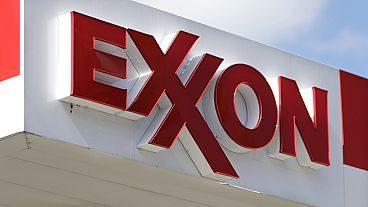Geopolitical tensions and central banks’ rhetoric on monetary policy will remain the focus of market participants, also Netflix is scheduled to release its Q1 earnings result this week.
Sentiment soured due to a hawkish US Federal Reserve and escalating Middle East conflict, causing a broad sell-off in the global equity markets. The majority of the European benchmark averages ended the week negatively. The oil price surged to a nearly six-month high as Iran vowed retaliation for Israel’s attack, while other safe-haven assets, including precious metals and the US dollar, continued to climb as preferred destinations for safety.
This week, market participants will maintain their focus on geopolitical tensions and central banks' rhetoric on monetary policy. Economic indicators such as the euro area's industrial production, trade balance and the Eurozone's final Consumer Price Index (CPI) will provide insight into the economic landscape. The US big tech earnings will also kick off with Netflix, influencing the market’s trajectory.
The EU
Bets are mounting regarding the parity of the Eurodollar and the US dollar, driven by the divergent messages conveyed by the European Central Bank (ECB) and the US Federal Reserve. The ECB has made it clearer that it intends to commence interest rate cuts possibly in June, whereas the Fed may delay such action until September. This discrepancy stems from opposing macroeconomic developments between the two economies. The Eurozone is experiencing continued cooling inflation and economic stagnation, whereas the latest Consumer Price Index (CPI) in the US has risen again, with its economy heading towards a "soft landing."
Some key data will be reported this week for the EU, including the February industrial production, the trade balance, and its final CPI data for March. In January, the euro area industrial production fell by 3.2% from the prior month and decreased by 6.7% from a year ago, due to a sharp decline in capital goods. According to Eurostat, the EU trade balance turned into a surplus of €11.4 billion, driven by a surplus in the chemical sector, machinery, and vehicles, which is partly offset by a deficit in the energy sector. International trade has improved throughout 2023 due to a drop in energy prices. Moreover, the final inflation data for March may provide further evidence of cooling consumer prices, thereby increasing the likelihood of the ECB implementing rate cuts in June.
The UK
The FTSE 100 was the only index that ended the week on a positive note last week, buoyed by an exceptional performance in its energy and mining stocks. Several influential economic data points will be in the spotlight for the regional market. The country is set to release its employment change, CPI data, and retail sales figures. While the labour market is anticipated to remain tight, there is hope that consumer prices will provide a positive outlook on inflation. In February, the country's headline inflation eased to 3.4%, marking a significant decline from 4% in the previous month. Core inflation, which excludes food and energy, also decelerated to 4.5% from 5.1% in January. The Bank of England maintained its interest rate at the highest level of 5.25% in March but hinted at potential cuts on the table this year.
Wall Street
Wall Street also experienced a second straight week decline amid surprisingly sticky inflation data. JPMorgan’s disappointing first-quarter result and weak guidance further added to the downward pressure on Friday.
As the US earnings season unfolds, the prominent tech companies will kick off the first-quarter reporting schedule with Netflix this week. Netflix’s shares rose 28% year-to-date, thanks to the success of its ad-supported tier and its campaign to crackdown on customers sharing passwords. The film-streaming company added 13.1 million new subscribers in the final quarter of 2023, taking its total users to a record of 260.8 million. According to Nasdaq, its revenue for the first quarter is forecast at $9.3 billion, and the estimate for earnings per share is $4.5, representing a 14% and a 56% jump from a year ago.
On the economic front, the US is set to release its retail sales change for March, typically viewed as an indicator of the inflation trajectory. Sustained growth in consumer spending signifies positive consumer confidence stemming from a robust labour market, consequently exerting upward pressure on inflation. Conversely, subdued consumer confidence tends to dampen inflation. The US retail sales showed signs of slowing down in January and February, suggesting high interest and sticky inflation may have weighed on household spending.
Asian Markets
Asian markets showed resilience, with the exception of China, which released sluggish economic data last week. Both the Japanese and Australian stock markets performed well in the Asia-Pacific region. A significant weakening of the Japanese Yen boosted local equity markets, while robust mining stocks propelled the ASX higher. China will continue to release its March data, providing insights into the trajectory of the world's second-largest economy, particularly its first-quarter Gross Domestic Product (GDP) figures. The country has set a target of 5% GDP growth for 2024, but Reuters estimates its first-quarter growth at 4.6%. China's GDP expanded by 5.2% in 2023.
Other data worthy of note include Australian employment change figures, New Zealand’s CPI for the first quarter, and Japan’s national CPI for March.



